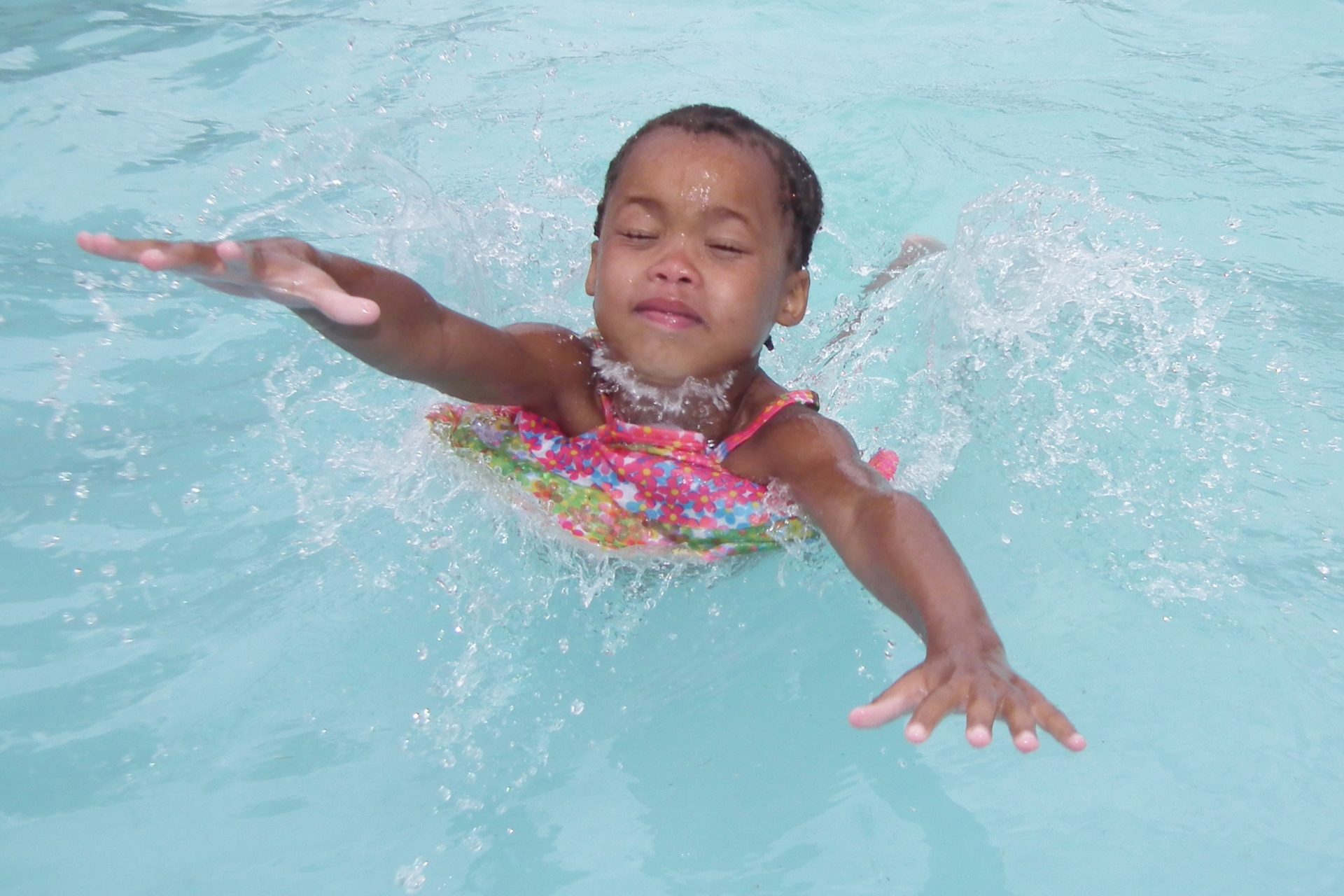
Parenting websites have been alarming parents about the possibility that their children might experience dry drowning or delayed drowning, with warnings like these:
a child can seem fine after getting out of the water, but start to have trouble breathing an hour—or even 24 hours—later.
Your child is in the pool, she swallows a bit of water and goes on playing—but a few hours later, she’s in the hospital on life support.
The Scary Mommy website warns parents that:
Not all instances of drowning happen right away. Sometimes your child may go under water or unintentionally swallow water while swimming, and then only experience symptoms of drowning hours or days later. And yes, sometimes these symptoms – especially if not addressed right away – can lead to fatalities.
The phenomenon of “dry drowning” first gained national attention in 2008 through the tragic story of John Jackson, who was a 10-year-old boy with autism and ADHD. John accidentally inhaled some water while swimming in a pool. At the time, he coughed for a bit, but then calmed down. As the day went on, however, he started to seem a bit off—he had two poop accidents in his pants and he was overly tired, eventually putting himself to sleep earlier than usual. When his mom checked on him later, he was unresponsive and, ultimately, died.
This was not technically a case of “dry drowning,” and the child had other health problems that may have contributed to his death.
The CDC tells us “drowning kills more children 1-4 than anything else except birth defects,” so water safety is a serious concern for parents; but so-called “dry drowning” is rare. Parents have been frightened by inaccurate, alarmist messages.
What is dry drowning?
The idea originated when a small percentage of autopsies found no water in the lungs of people who had obviously died because of submersion in water. When water first enters the airway, it can trigger a spasm of the larynx, preventing water from going beyond and entering the lungs. Even a small amount of water in the lungs can destroy surfactant and lead to pulmonary edema. It is the lack of oxygen that causes harm, not the water itself.
Drowning requires going under water; it is not caused by just swallowing water or playing in water. “Dry drowning” is not accepted medical terminology, and it is used inappropriately by the media. Other unacceptable terms are “near drowning”, “secondary drowning”, and “delayed drowning”. A World Congress on Drowning and numerous professional organizations have agreed that the medically appropriate terminology is:
- Fatal drowning
- Nonfatal drowning with injury
- Nonfatal drowning without injury
A 2017 article in Emergency Medicine News reported:
Earlier this month a young child died following days of vomiting. He had been in shallow water in a Texas dike about a week before his death. The story was picked up as an alleged case of a rare condition called dry drowning or secondary drowning…The media accounts went viral, spreading significant fear in parenting communities and among those learning about these alleged conditions from the news or social media…Unfortunately, there is significant misinformation in the media reports of this case, and we hope this evidence-based discussion of drowning and the best practice medical care of drowning patients will help set the record straight.
The authors go on to urge the media to use proper medical terminology and to abandon the terms near, dry, wet, delayed, and secondary drownings. They emphasize that anyone with respiratory symptoms after being in water should seek medical care, and they point out that “There has never been a case published in the medical literature of a patient who received a clinical assessment, was initially without symptoms, and who later deteriorated and died.”
Conclusion: “dry drowning” is a myth
Rather than worrying unnecessarily about “dry drowning”, parents should worry about prevention. They should be encouraged to practice water safety, to include adult supervision, swimming lessons, life jackets and flotation devices, fences around home pools, and learning CPR.

